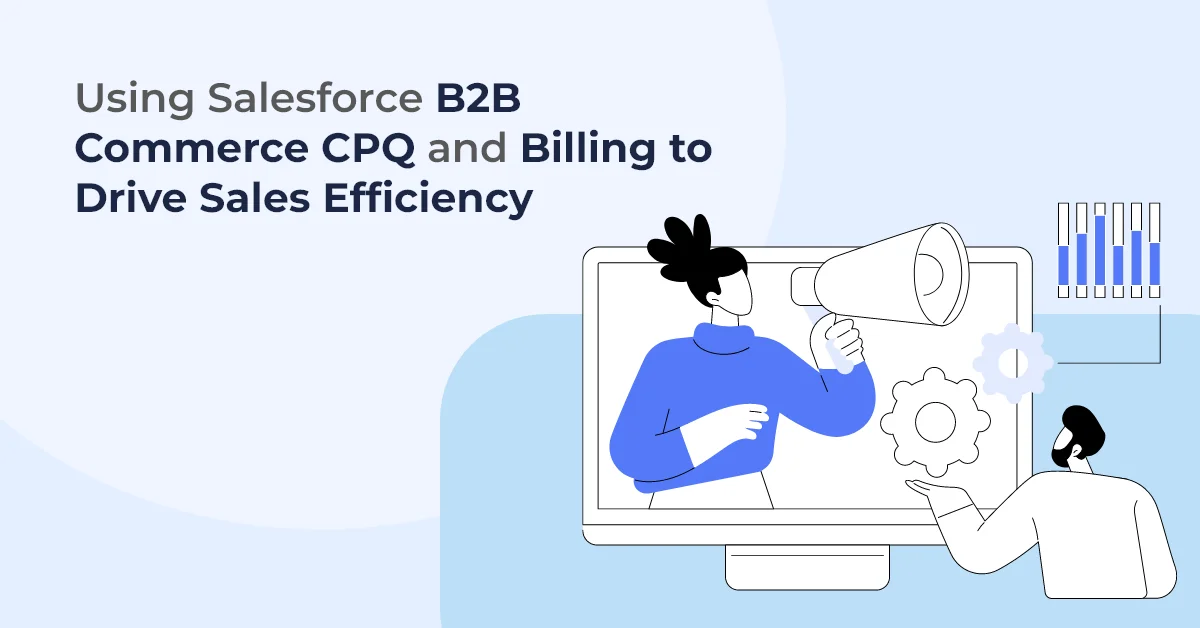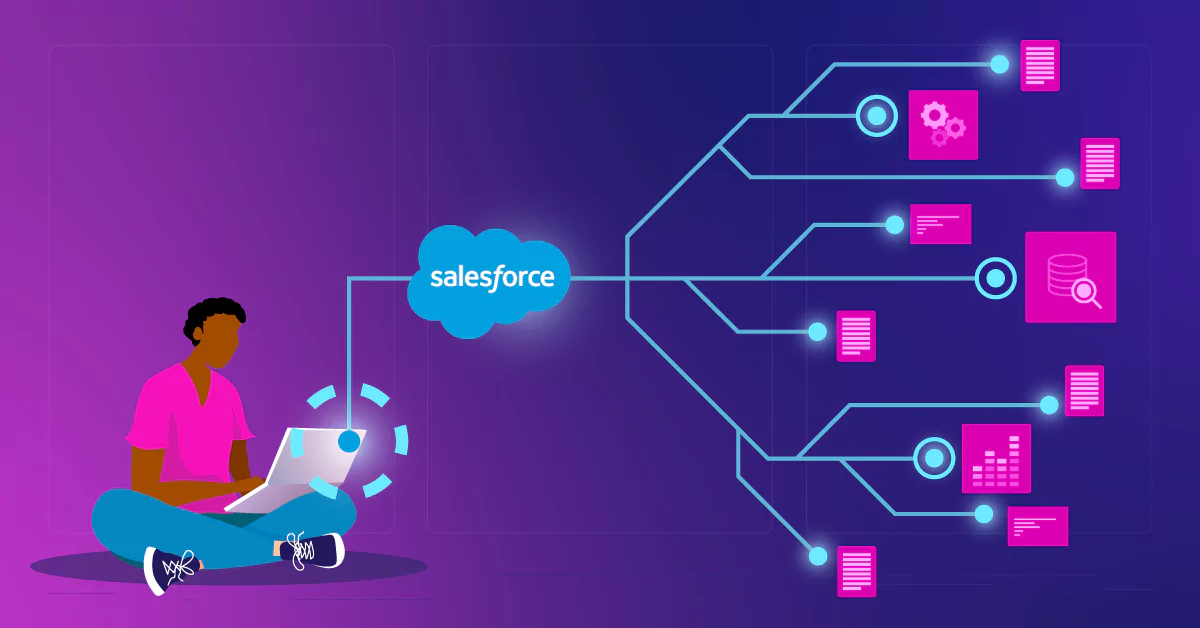In today’s fast-paced business environment, speed and accuracy are paramount. Nowhere is this more critical than in the quote-to-cash process. Errors in quoting can lead to lost deals and customer dissatisfaction, while inefficient billing can delay payments and strain resources. Fortunately, Salesforce CPQ (Configure, Price, Quote) offers a powerful solution to transform your revenue cycle, ensuring accurate quotes and streamlined billing.
The Challenges of Manual Quoting and Billing:
Before diving into the benefits of Salesforce CPQ, let’s acknowledge the common pain points many businesses face with manual processes:
- Human Error: Manually calculating discounts, applying complex pricing rules, and generating quotes leaves ample room for mistakes.
- Inconsistent Pricing: Without a centralized system, sales reps might offer varying prices for the same products or services, leading to confusion and lost revenue.
- Time-Consuming Processes: Creating quotes, especially for complex configurations, can be a lengthy and tedious process, delaying deal closure.
- Lack of Visibility: Tracking quote status, understanding pricing trends, and forecasting revenue become challenging without a unified system.
- Billing Discrepancies: Errors in quoting often cascade into billing, leading to disputes and delayed payments.
- Difficulty with Renewals and Amendments: Managing contract changes and renewals manually can be cumbersome and prone to oversight.
Enter Salesforce CPQ: Your Solution for Efficiency and Accuracy:
Salesforce CPQ is a native Salesforce application designed to automate and streamline the entire quote-to-cash process. It empowers your sales team to generate accurate and professional quotes quickly, while seamlessly integrating with your CRM and billing systems. Here’s how it helps:
1. Accurate and Consistent Quoting:
- Guided Selling: CPQ guides sales reps through the product and service selection process, ensuring they offer compatible and relevant options.
- Dynamic Pricing Rules: Define complex pricing rules, discounts, promotions, and tiered pricing that are automatically applied based on specific criteria.
- Product Configuration: Easily configure complex product bundles with pre-defined rules and dependencies, eliminating errors and ensuring compatibility.
- Real-time Calculations: Prices, discounts, and totals are calculated automatically in real-time, providing instant visibility to both the sales rep and the customer.
- Professional Quote Generation: Create branded and professional-looking quotes with accurate product details, pricing, and terms, enhancing your brand image.
2. Streamlined Billing Processes:
- Seamless Integration with Salesforce Billing: CPQ seamlessly integrates with Salesforce Billing, automatically transferring accurate quote data to create invoices.
- Automated Invoice Generation: Eliminate manual data entry and generate invoices quickly and accurately based on the agreed-upon terms in the quote.
- Flexible Billing Schedules: Configure various billing schedules, including recurring billing, usage-based billing, and milestone billing.
- Error Reduction: By leveraging accurate quote data, CPQ minimizes billing errors, reducing disputes and improving customer satisfaction.
- Improved Cash Flow: Faster and more accurate invoicing leads to quicker payments and improved cash flow.
Key Benefits of Leveraging Salesforce CPQ:
- Increased Sales Productivity: Sales reps spend less time on administrative tasks and more time selling.
- Improved Quote Accuracy: Eliminate errors and ensure consistent pricing across all deals.
- Faster Sales Cycles: Generate quotes quickly and efficiently, accelerating deal closure.
- Enhanced Customer Experience: Provide accurate and professional quotes, leading to greater customer trust and satisfaction.
- Reduced Billing Errors: Minimize discrepancies and ensure accurate invoicing, improving cash flow.
- Better Revenue Visibility: Gain insights into quoting trends, pricing effectiveness, and potential revenue.
- Simplified Renewals and Amendments: Easily manage contract changes and renewals with accurate data and automated processes.
- Scalability: As your business grows, CPQ can easily adapt to handle increasing complexity and volume.
Getting Started with Salesforce CPQ:
Implementing Salesforce CPQ requires careful planning and execution. Here are some key steps:
- Define Your Requirements: Clearly understand your current quoting and billing processes, identify pain points, and define your desired outcomes.
- Design Your Product Catalog and Pricing Rules: Structure your product catalog logically and define your pricing rules, discounts, and promotions within CPQ.
- Configure Guided Selling Workflows: Design intuitive workflows to guide your sales team through the quoting process.
- Integrate with Other Systems: Ensure seamless integration with your CRM, billing, and other relevant systems.
- Train Your Team: Provide comprehensive training to your sales and operations teams on how to effectively use Salesforce CPQ.
- Iterate and Optimize: Continuously monitor your CPQ implementation and make adjustments as needed to optimize performance.
Conclusion:
In today’s competitive landscape, accuracy and efficiency in the quote-to-cash process are crucial for success. Salesforce CPQ provides a powerful platform to automate and streamline these critical operations, empowering your sales team, improving customer satisfaction, and ultimately driving revenue growth. By leveraging the capabilities of Salesforce CPQ, you can level up your revenue cycle and gain a significant competitive advantage. It’s time to move beyond manual processes and embrace the power of intelligent quoting and streamlined billing.




